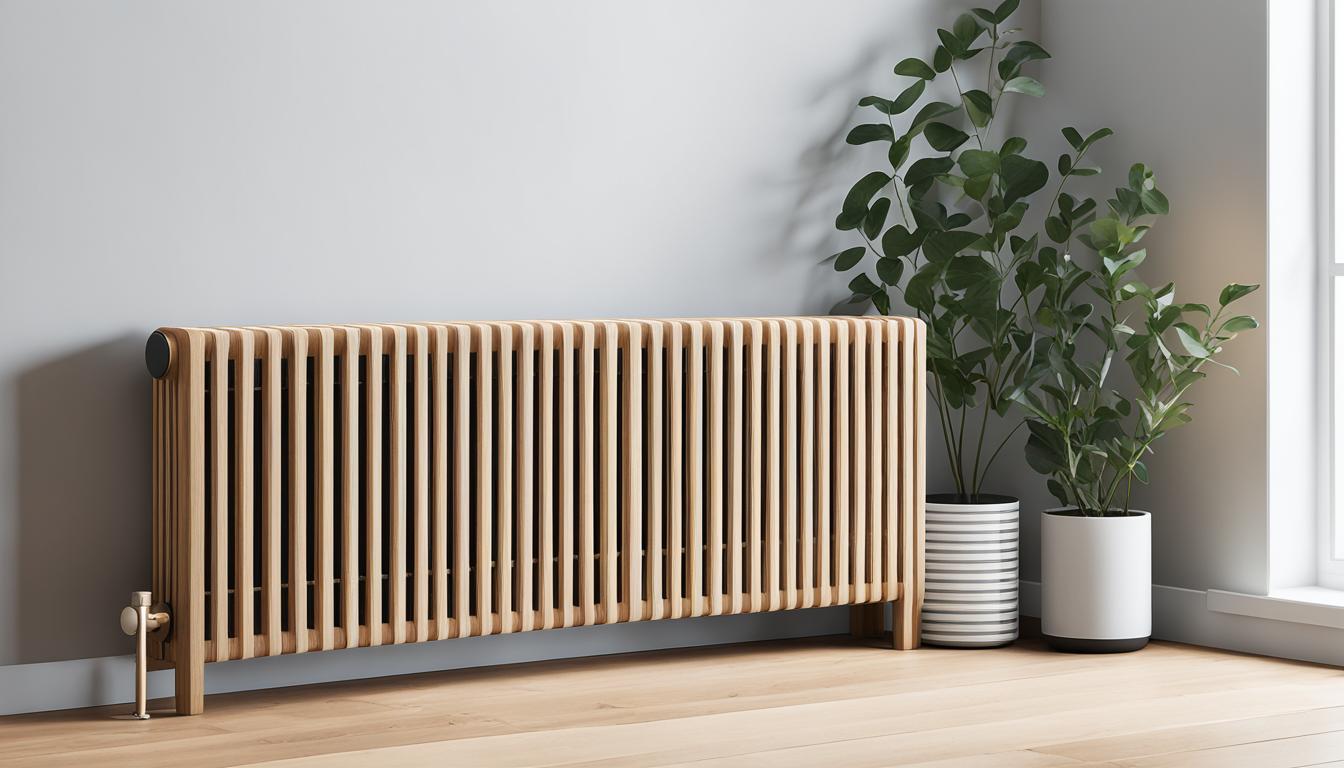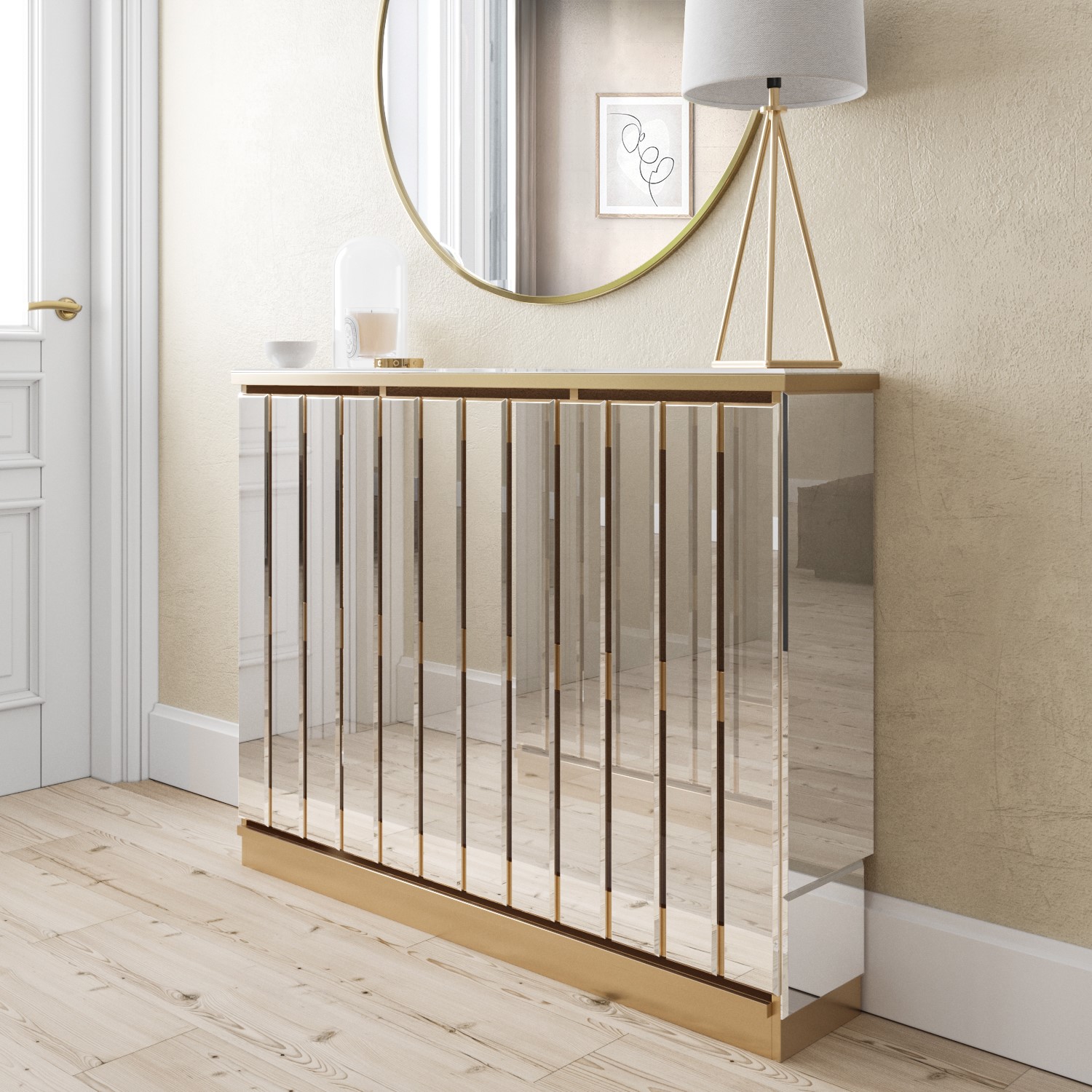The Ultimate Guide to Radiator Cover Materials and Styles
The Ultimate Guide to Radiator Cover Materials and Styles
Blog Article
Radiator Covers: Comprehending Materials, Layouts, and Advantages
Radiator covers offer both functional and visual functions within a home, providing a range of products such as mdf, wood, and metal to match different design choices. Selecting the ideal radiator cover includes comprehending the nuances of materials, layouts, and their connected benefits.
Kinds Of Materials


Wood covers, commonly crafted from hardwoods such as oak or maple, supply a timeless, warm look that complements standard insides. Their sturdiness and capacity to be discolored or repainted contribute to their adaptability. Metal covers, commonly made from steel or aluminum, are preferred for their toughness and contemporary look, frequently featuring sleek lines that improve modern spaces.
MDF, a manufactured timber product, is prominent for its cost-effectiveness and simplicity of personalization. It can be painted or completed to match existing style while providing a smooth surface. Plastic covers, while much less typical, are light-weight and immune to dampness, making them ideal for humid atmospheres.
Eventually, the option of product for a radiator cover must straighten with the homeowner's style choices, useful requirements, and the particular atmosphere where the cover will certainly be mounted. Each product offers a distinct character, making sure that there is a choice to match every preference and setup.
Popular Layout Styles
Stressing visual appeal, prominent style styles for radiator covers show a variety of preferences and indoor style fads. Traditional designs usually feature elaborate woodwork and elaborate describing, making them ideal for vintage-inspired or classic interiors. These covers generally incorporate sculpted elements, offering a cozy and welcoming feeling to any kind of room.
On the other hand, modern designs concentrate on minimal looks, defined by tidy lines and understated beauty. Materials such as metal or streamlined wood with a smooth surface are generally made use of, enabling these covers to mix effortlessly into modern rooms. Industrial designs, on the other hand, embrace resources like revealed metal and concrete, including a bold declaration to loft space or urban setups.
For those seeking an one-of-a-kind touch, bespoke designs provide modification choices that accommodate private preferences, allowing property owners to choose shades, patterns, and materials that enhance their style. Furthermore, farmhouse-style covers incorporate rustic aspects, featuring distressed wood and straightforward types that stimulate a relaxing, nation appeal.
Advantages of Radiator Covers
Radiator covers not just boost the visual allure of an area however also supply numerous useful advantages that make them a worthwhile addition to any kind of home. Among the primary benefits is safety, specifically in houses with check pet dogs or kids. Covers lower the threat of burns from hot radiator surface areas, making sure a safer atmosphere.
Additionally, radiator covers can improve power efficiency. By routing heat into the room instead than enabling it to escape, they assist keep a constant temperature, reducing heating costs in time. This is specifically advantageous in older homes where radiator systems might be much less effective.
An additional notable benefit is sound reduction. Radiators can often create unwanted audios throughout operation, and covers can assist muffle these noises, contributing to a more tranquil space. Furthermore, radiator covers can be functional, giving added storage space or screen space, thereby making best use of the energy of often-overlooked locations.
Lastly, they can shield radiators from dust and particles, which can prevent performance and rise upkeep demands. With these integrated benefits, radiator covers emerge as a functional option for enhancing both the performance and design of any kind of home setting.
Installment Factors To Consider
Mounting radiator covers requires careful consideration to guarantee both performance and safety and security (Radiator cover). First, assess the measurements of your radiator and the surrounding room to make certain an appropriate fit. Exact dimensions are vital; an ill-fitting cover can obstruct heat circulation or produce security hazards
Following, assess the product of the cover. While wood supplies visual allure, metal options may offer better durability and warmth resistance. Think about the weight of the cover also; much heavier covers might call for additional assistance or supports to stay clear of drooping or damage in time.
Air flow is one more vital element. Covers have to feature ample airflow to avoid overheating and keep original site effective heating. Seek designs with slats or perforations that permit heat to distribute without blockage.
In addition, make sure that the cover is securely placed to stop mishaps, particularly in homes with pets or youngsters. Radiator cover. It's a good idea to follow the producer's installation guidelines closely and, if needed, speak with a professional for intricate installations
Upkeep and Care Tips
Correct upkeep of radiator covers is crucial for guaranteeing their longevity and ideal efficiency. For repainted or wood covers, take into consideration an ideal gloss or protective finishing to maintain their look.
Examine the covers regularly for signs of wear or damages, such as splits or peeling off paint. Addressing these issues promptly can prevent more deterioration. Make certain that the covers are securely fastened and look for any kind of loosened screws or installations, as vibrations from the radiator can loosen them over time.
In cooler months, prevent putting heavy things or attractive items on top of the radiator covers, as this can hinder warmth circulation and create unnecessary stress and anxiety to the framework. Lastly, think about seasonal upkeep by eliminating the covers for thorough cleaning and examination during warmer months when the heating unit is non-active. Embracing these straightforward care visit this page suggestions will certainly boost the performance and aesthetic charm of your radiator covers, guaranteeing they offer their purpose efficiently for several years to come.

Verdict
In summary, radiator covers offer as functional and visual enhancements to household spaces. Cautious factor to consider of setup and upkeep further guarantees the durability and effectiveness of radiator covers in any type of home setting.
Radiator covers serve both practical and visual objectives within a home, supplying a range of products such as metal, mdf, and hardwood to suit different layout choices. Choosing the best radiator cover includes recognizing the subtleties of materials, designs, and their connected benefits.Highlighting visual appeal, popular design styles for radiator covers reflect a variety of tastes and indoor style fads.Radiator covers not just boost the visual allure of an area but likewise supply several functional advantages that make them a rewarding enhancement to any kind of home. Consider the weight of the cover as well; much heavier covers might call for added assistance or supports to prevent sagging or damage over time.
Report this page